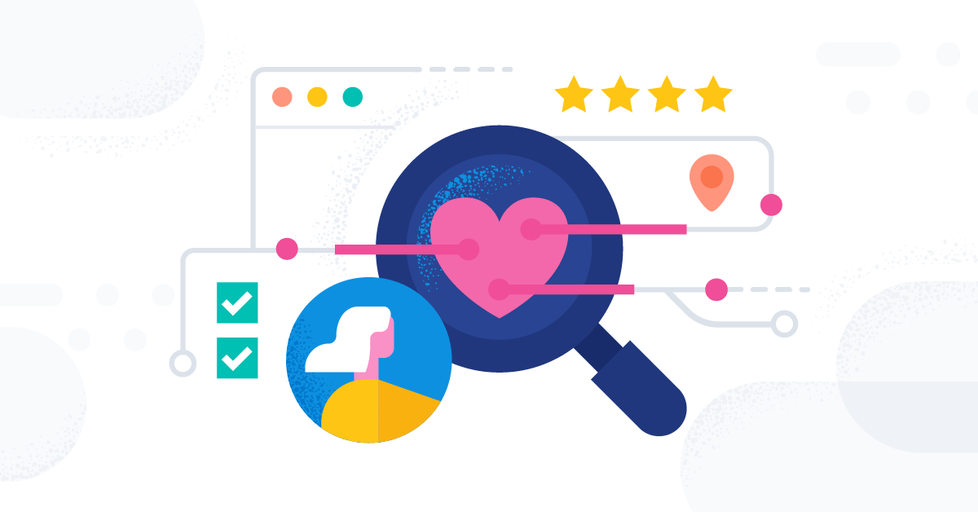Why developers are putting customer experience first

User digital experience has transformed expectations around how technology and services are delivered, further bringing developers front and center into the customer experience (CX) realm.
More recently, the inability to meet in person has forced us to rely more heavily on technology to assist with our basic household and business needs: ordering groceries online and food delivery, scheduling appointments, streaming entertainment services, renewing vehicle registrations, and hosting virtual meetings and events. As a result, developers are in a position to directly impact and improve the day-to-day digital experience that customers expect. And developers that proactively move toward a customer-first approach and embrace that responsibility for CX will emerge as leaders in their field.
Customer expectations raise the bar for application performance
Have you ever had a poor digital experience while shopping online, using your banking app, scheduling a doctor’s appointment, or filing your taxes? Pulled up an app that crashed or hung up on you? Clicked on a link while purchasing an item or service online, only to get a spinning hourglass?
Studies have shown that consumers have little to no tolerance for poorly performing apps and are highly likely to delete an app, quickly move to a competitor’s offering, or choose a less efficient method of completing the transaction. And even one bad experience can negatively affect a customer's view of an organization and their brand for an extended period of time.
Because developers are creating customer-facing experiences, they are directly responsible for and connected to their customers. Providing Level 3 production support for their applications and responding to customer complaints and outages is part of the customer relationship. Truly understanding where the friction is occurring in the user experience from both a functional and performance standpoint can uncover what needs to be fixed next — and effectively conquering these CX challenges can yield benefits for the individual developer as well as their broader organization.
High-performing apps define the customer experience
Being able to deliver innovative new applications, services, and functionality quickly to create a great customer experience can be crucial for long-term organizational success. And getting alignment between customers and developers is incredibly important, both internally and externally.
Developers are increasingly being seen as drivers of an organization and its brand. Applications that are not just functional but reliable, scalable, and secure generate customer trust and revenue.. Application performance monitoring (APM) can be a key tool in ensuring the consistent delivery of customer and digital experiences that delight their users.
Evolving tools and expertise for a CX-first approach
Whether you’re coding, ideating and collaborating with your squad, researching new coding best practices, debugging issues, or on-call, all your work is about serving your customers and making their lives easier, more efficient, and more interesting. But with today’s rapid, iterative software development lifecycle and more distributed working environments, there’s a lot of room for error. It also means that your team’s skills and tools need to stay focused on delivering not just features and function but also a consistent and excellent customer experience.
Having a full understanding of how your application and code performs in your production environment is crucial not only for troubleshooting, but also making sure your code runs effectively under all conditions in the wild. And in today’s cloud-native, microservices, and SOA, SLO-driven world, this has never been more difficult. Taking on that additional responsibility of making sure your application is working effectively for your users beyond your QA environment is absolutely necessary. While monitoring and logging is a great first step, the journey to an application performance monitoring (APM) or unified observability solution (which includes APM) should be your goal as a developer, SRE, or DevOps professional.
That’s why a CX-first approach is so crucial for your customer, your business, and your own professional development. Instrumenting and collecting all your telemetry data to truly understand the production performance characteristics of your application and the end-user experience is a great way to prevent issues from happening and proactively improving application performance.
APM for CX initiatives
A customer-first mindset requires you to adopt DevOps principles such as the collection of all your telemetry data (logs, metrics, and traces) and always-on analysis using tools such as APM. Understand the importance of instrumenting your entire application environment to create more consistency and repeatability in your CI/CD pipeline. Also consider how a well-designed APM solution will prove to be more cost-effective over the years as your environment grows. After all, it’s not just about the technology, it’s the impact your application has on the human being and user on the other end that’s using it. So here’s to embracing the CX-first perspective as a developer, because the closer you are to the customer, the more important you are to the organization.
As a next step, consider learning more about basic APM principles with a customer-first point of view.